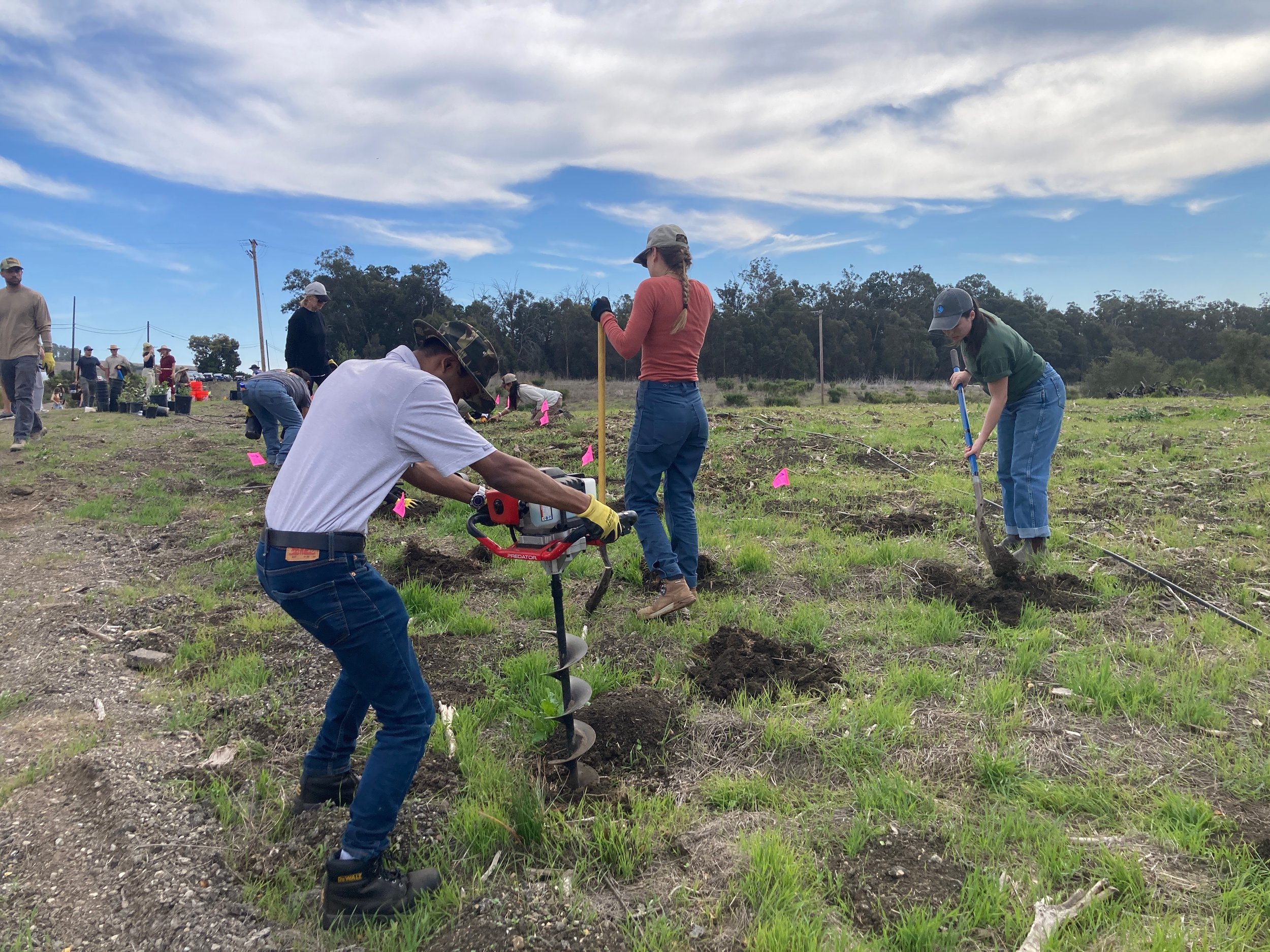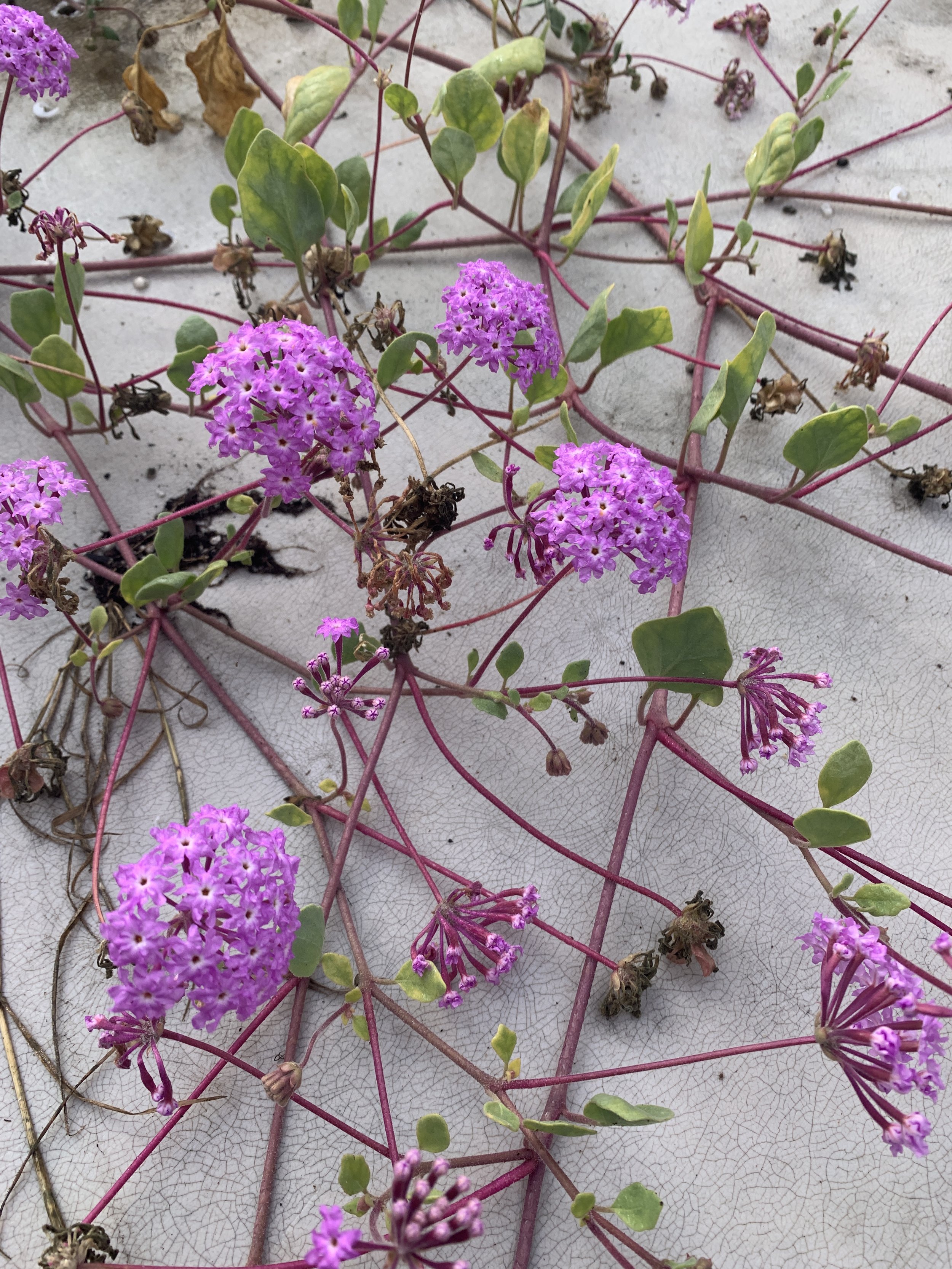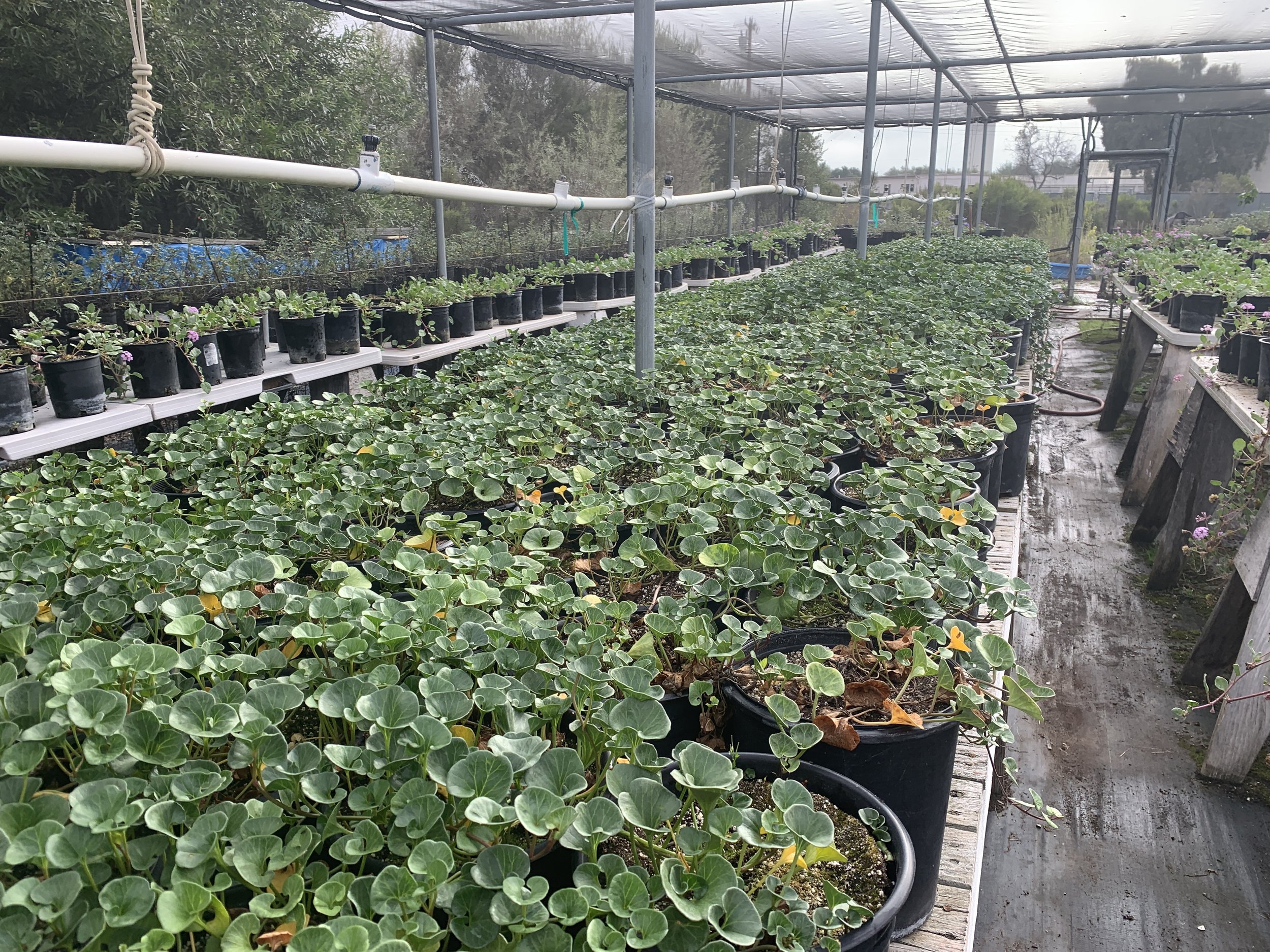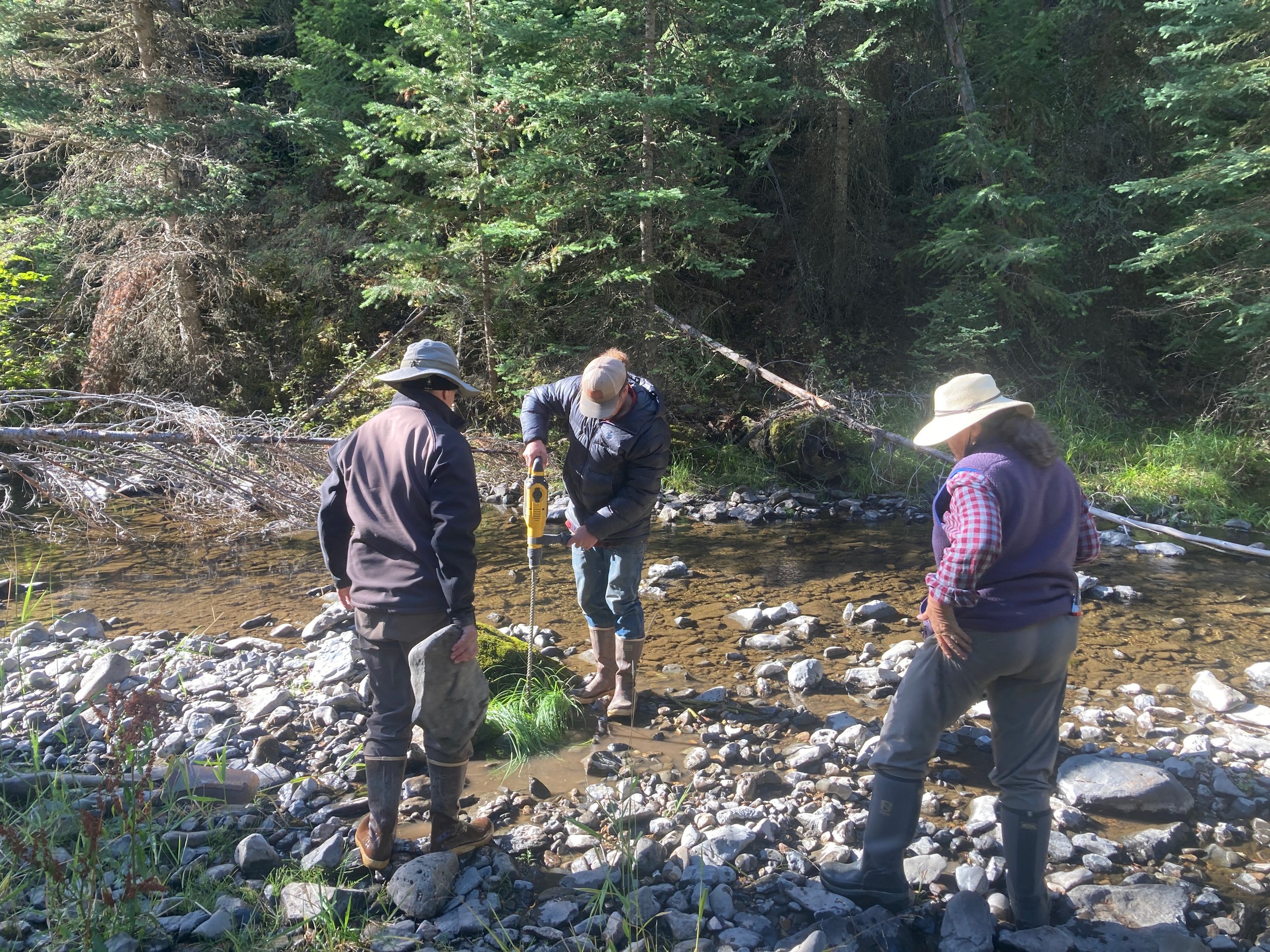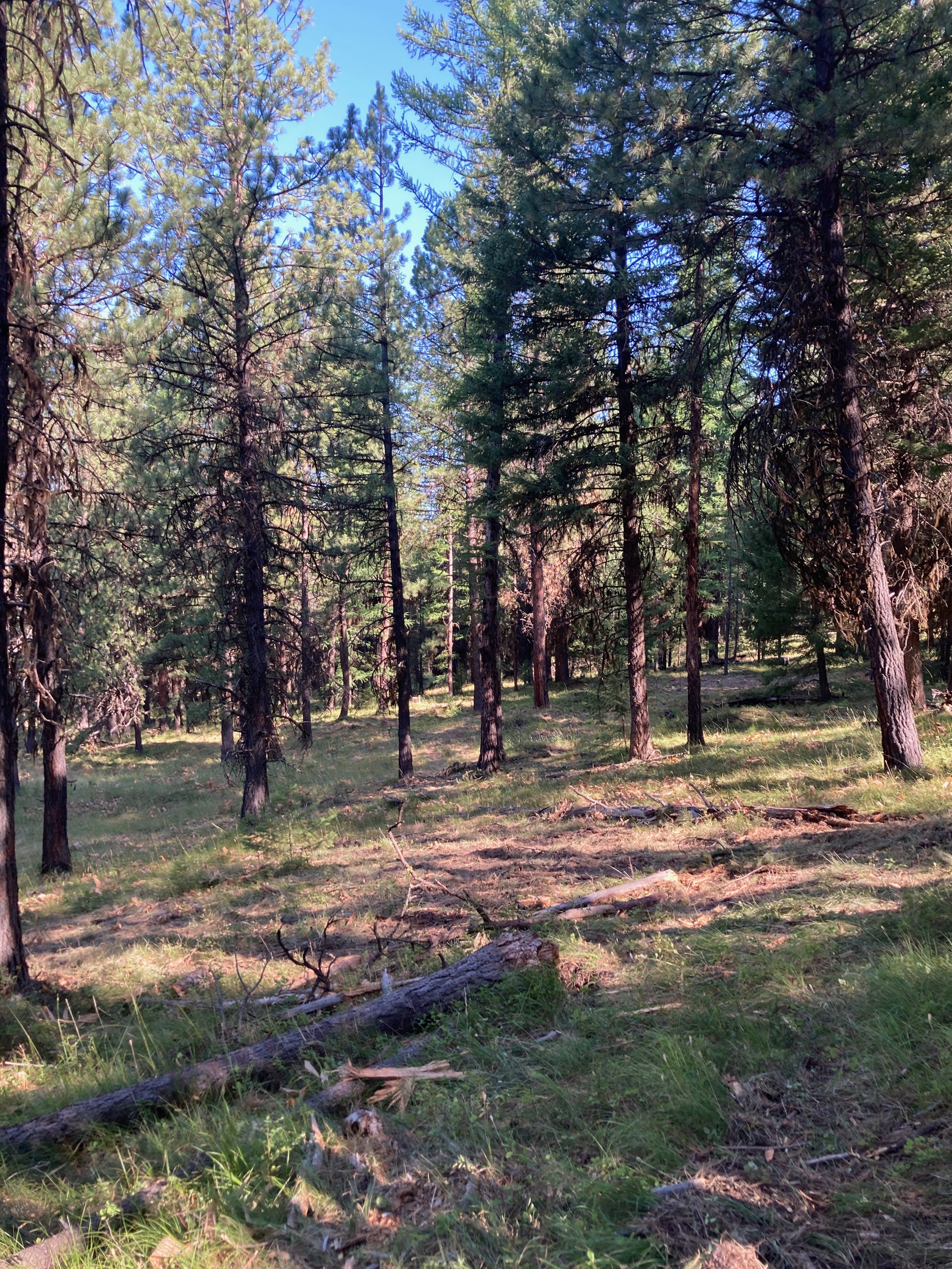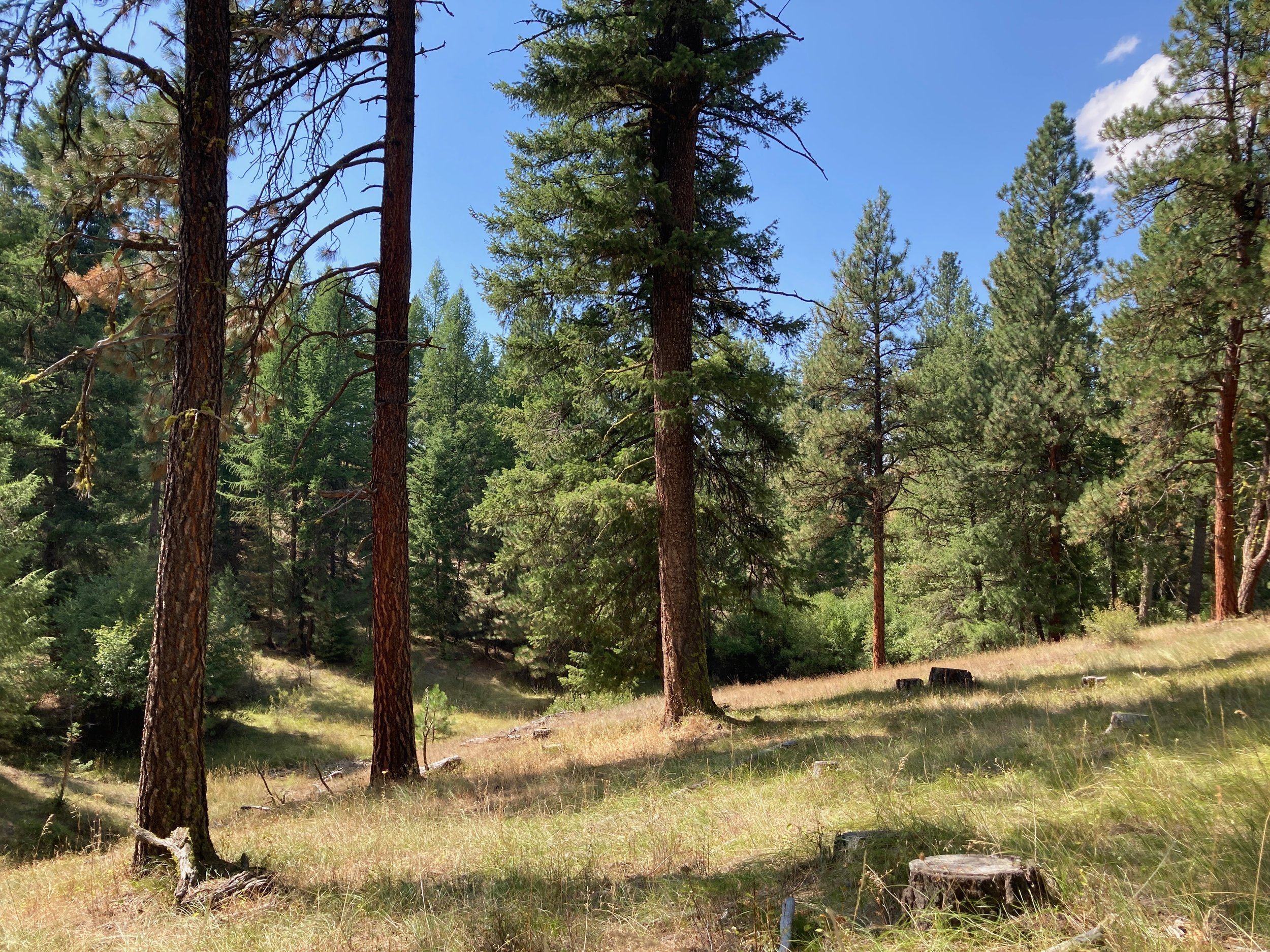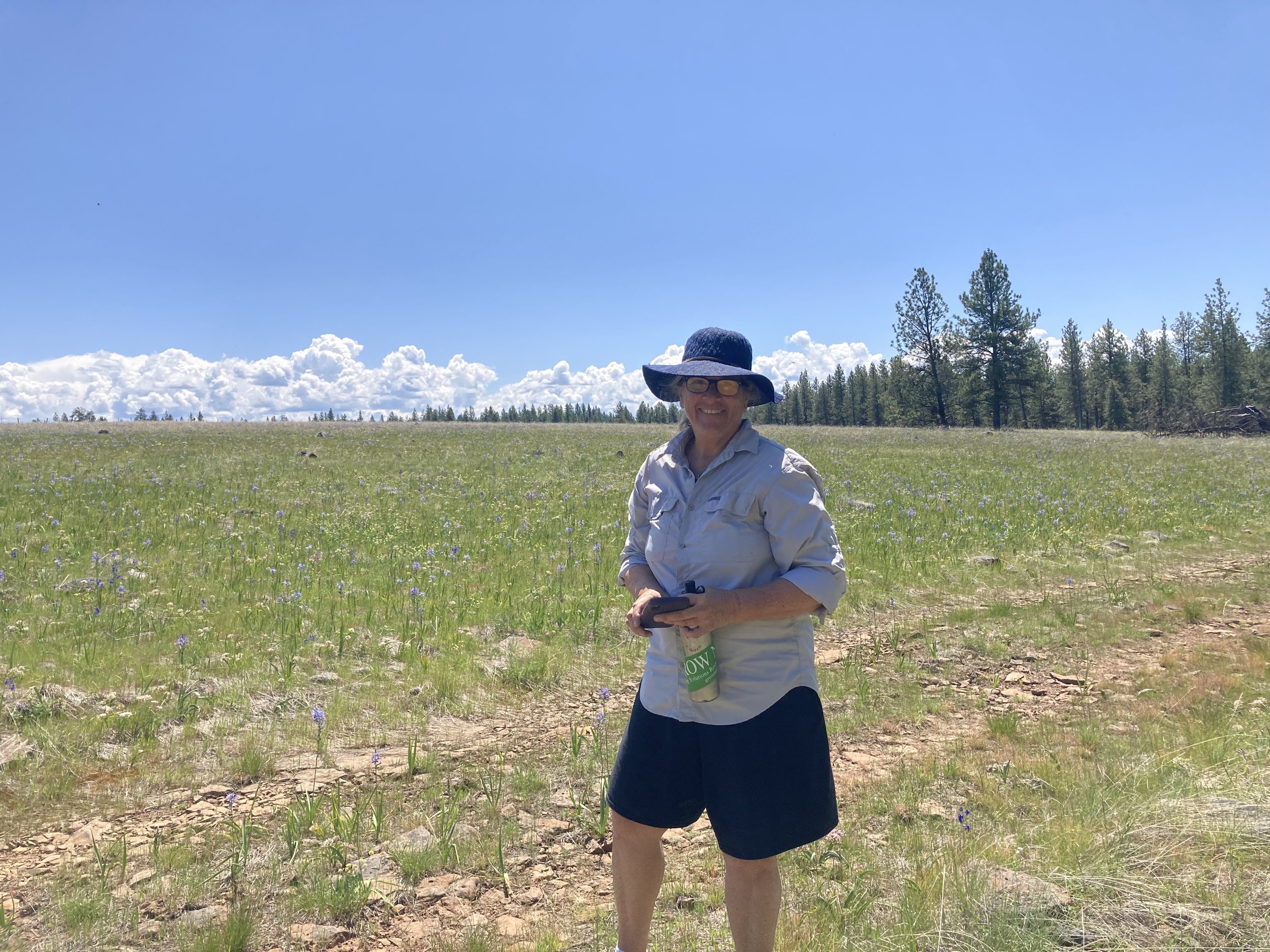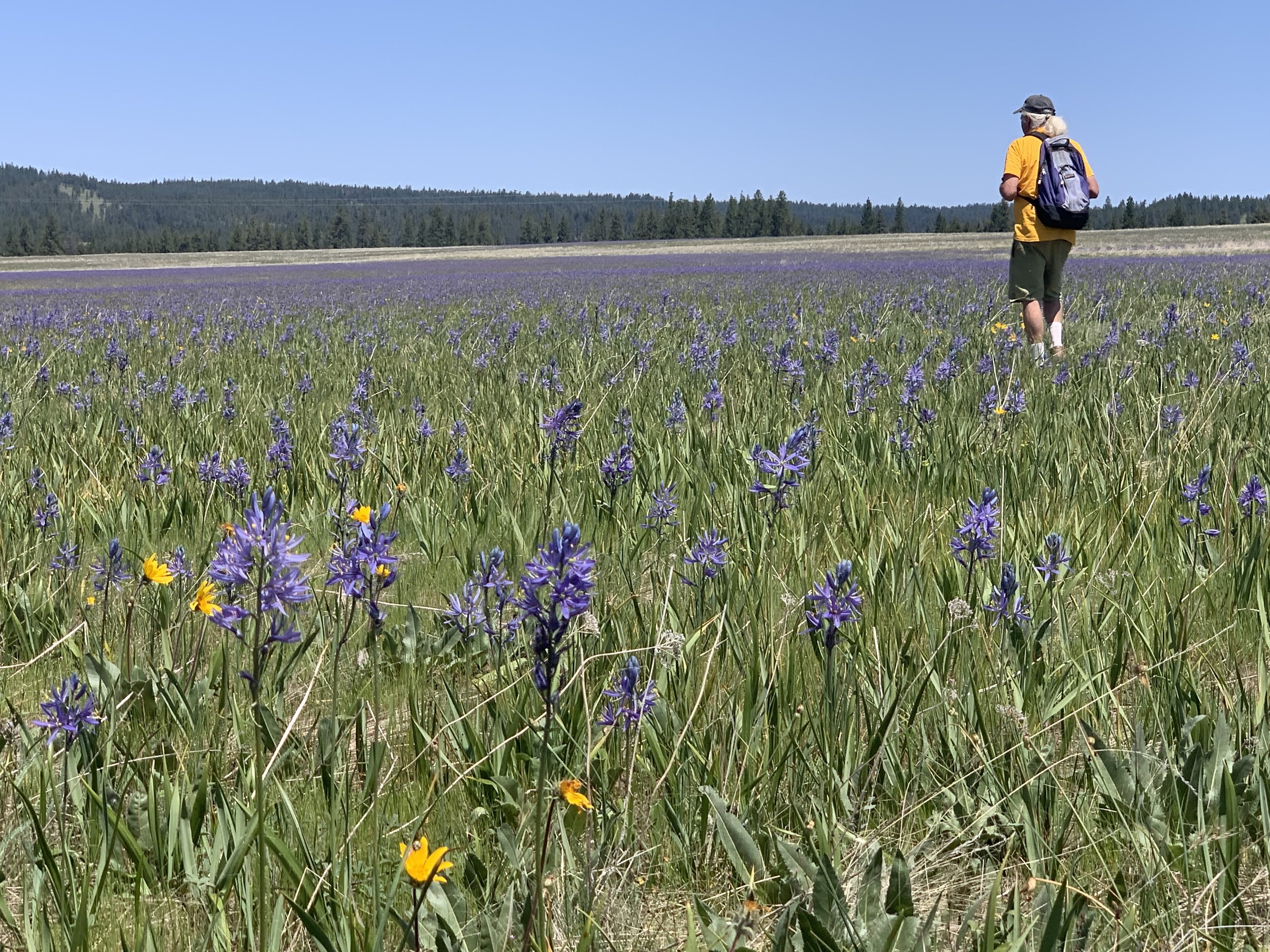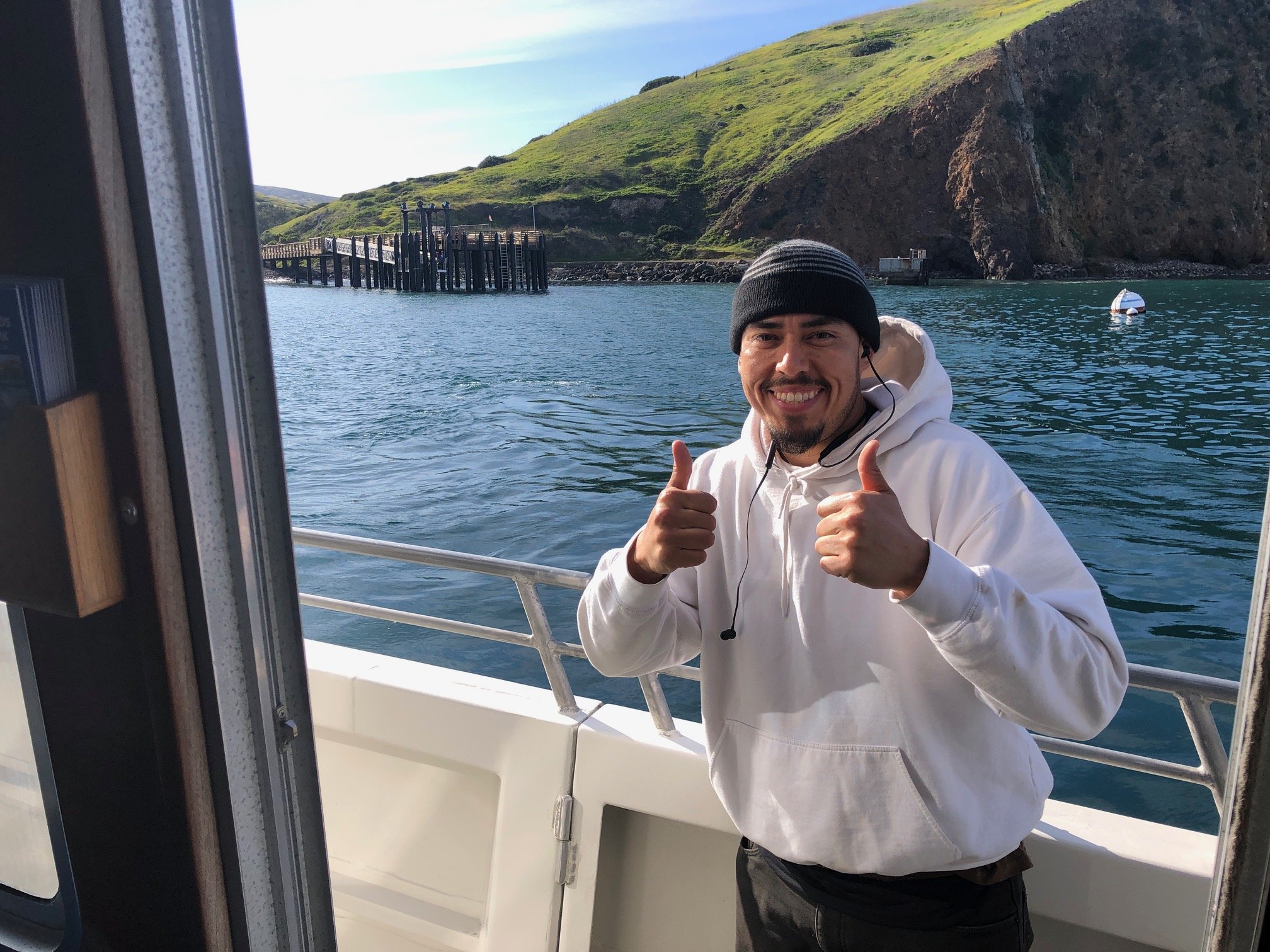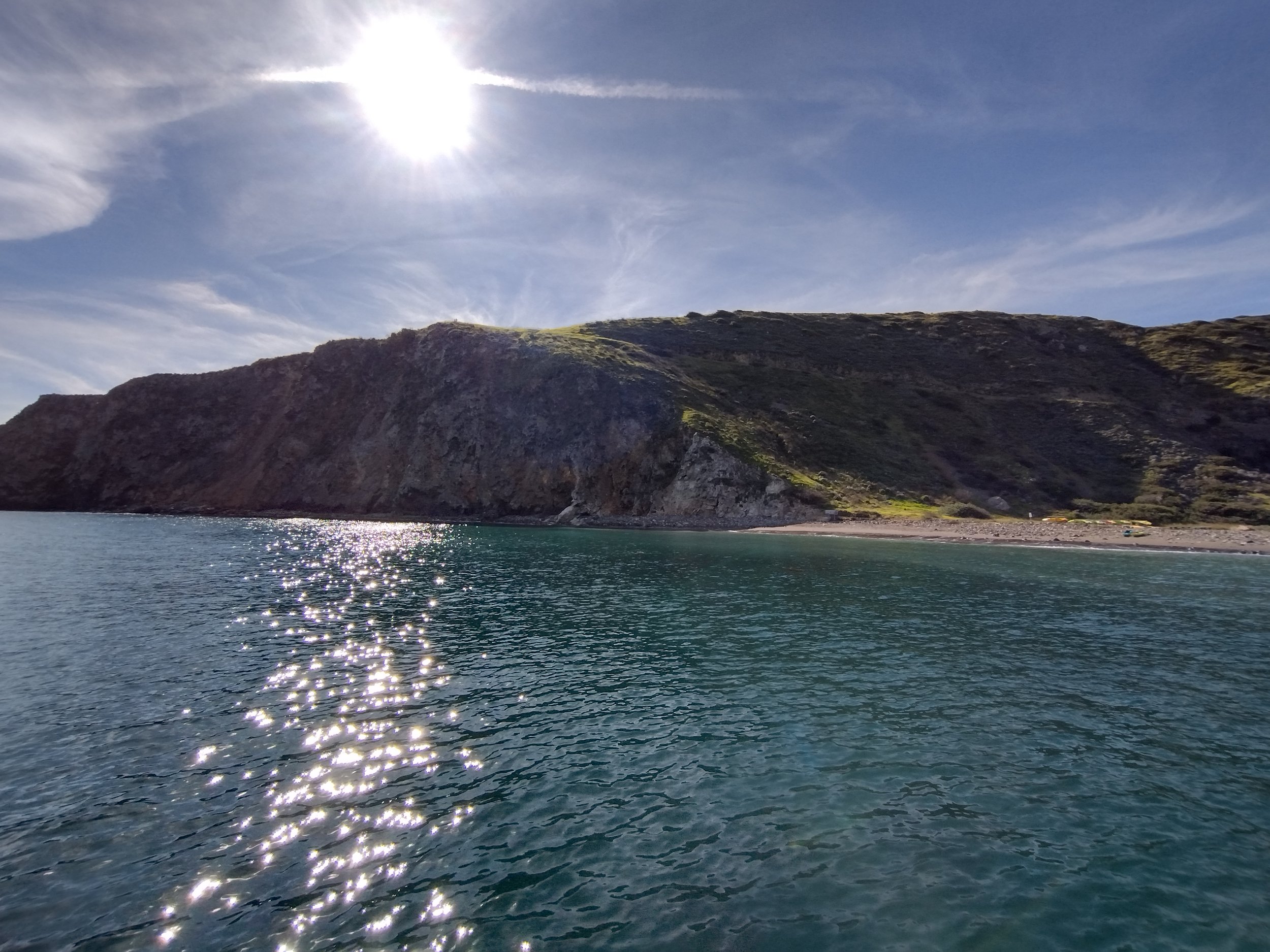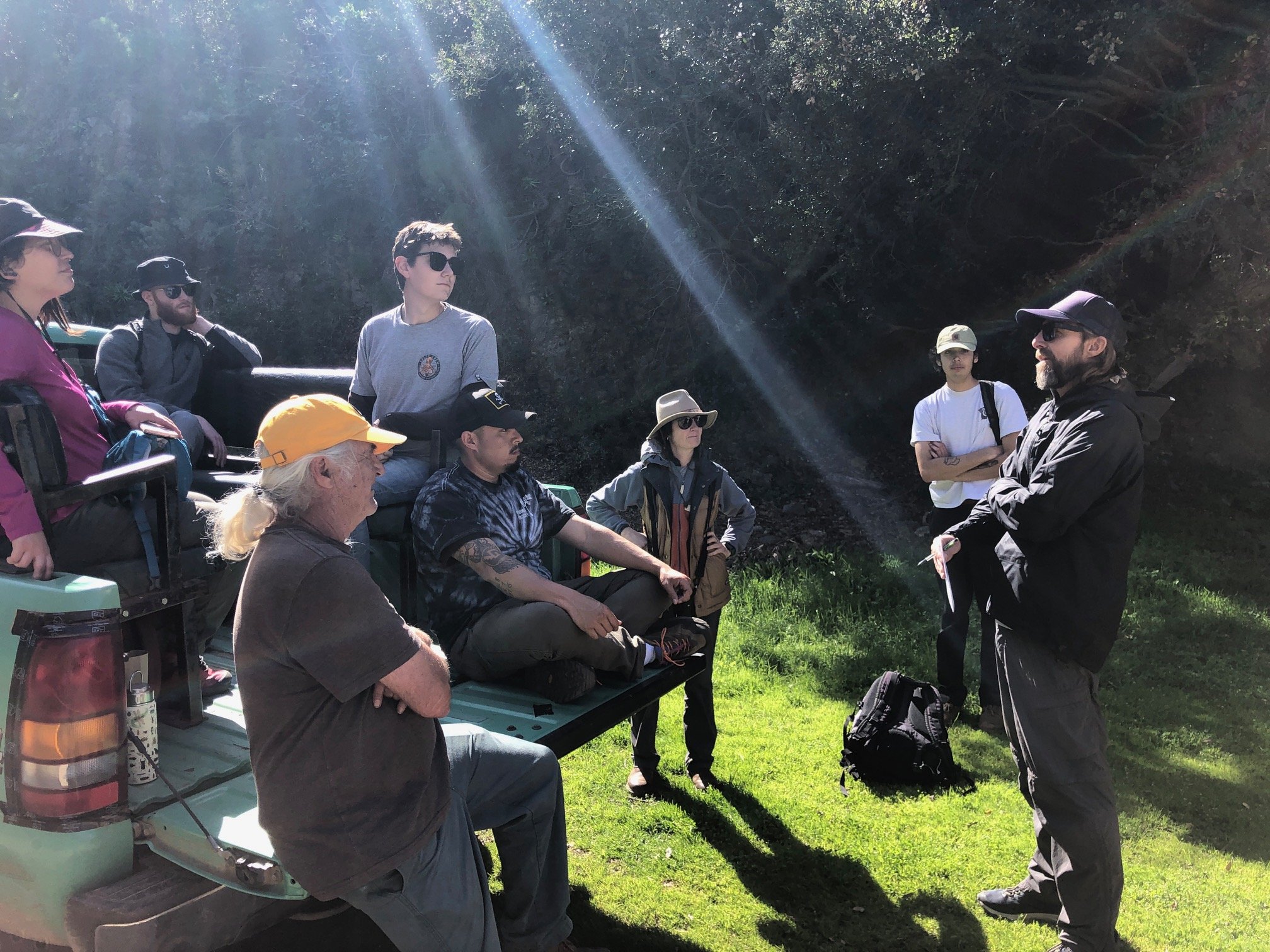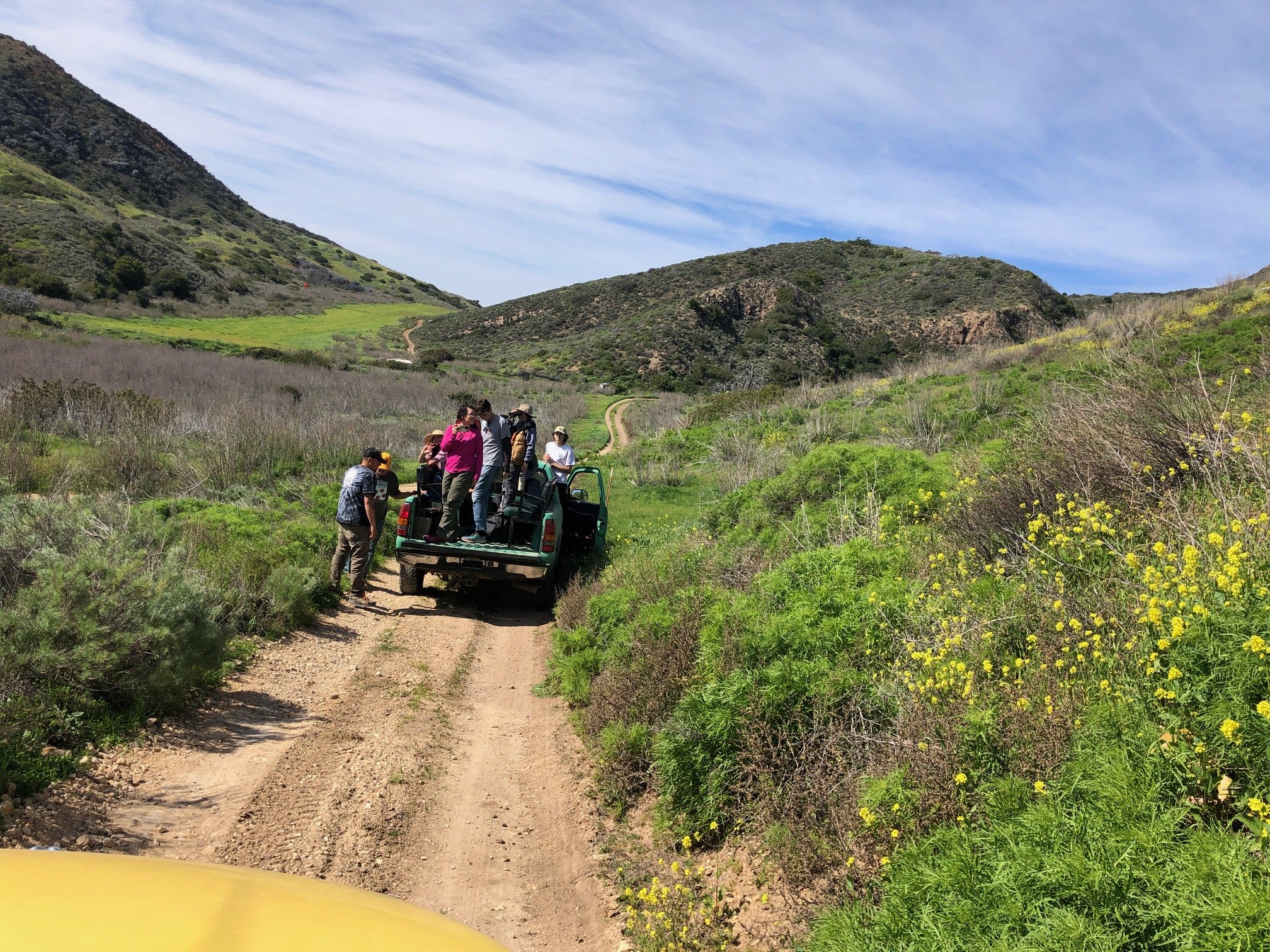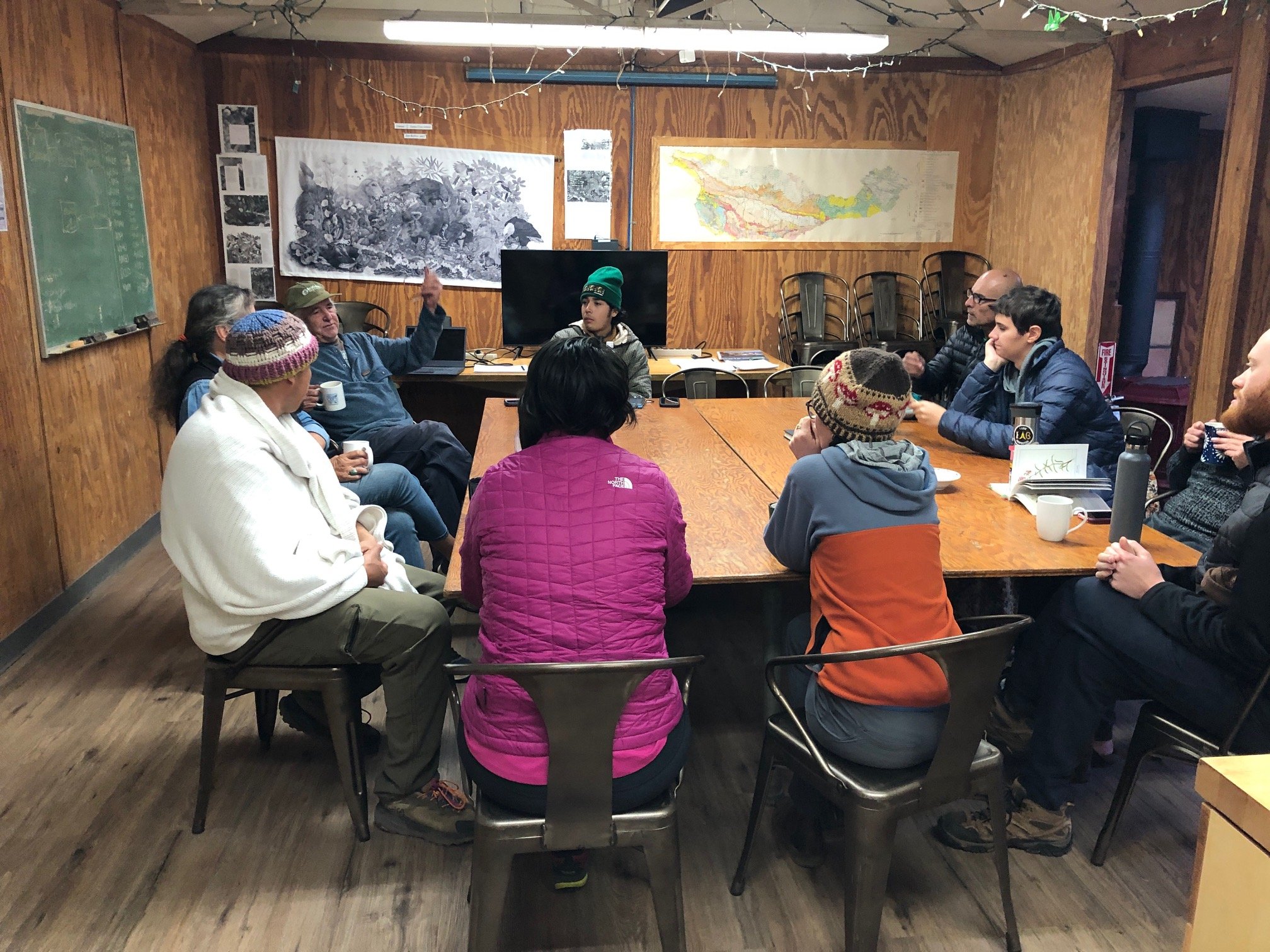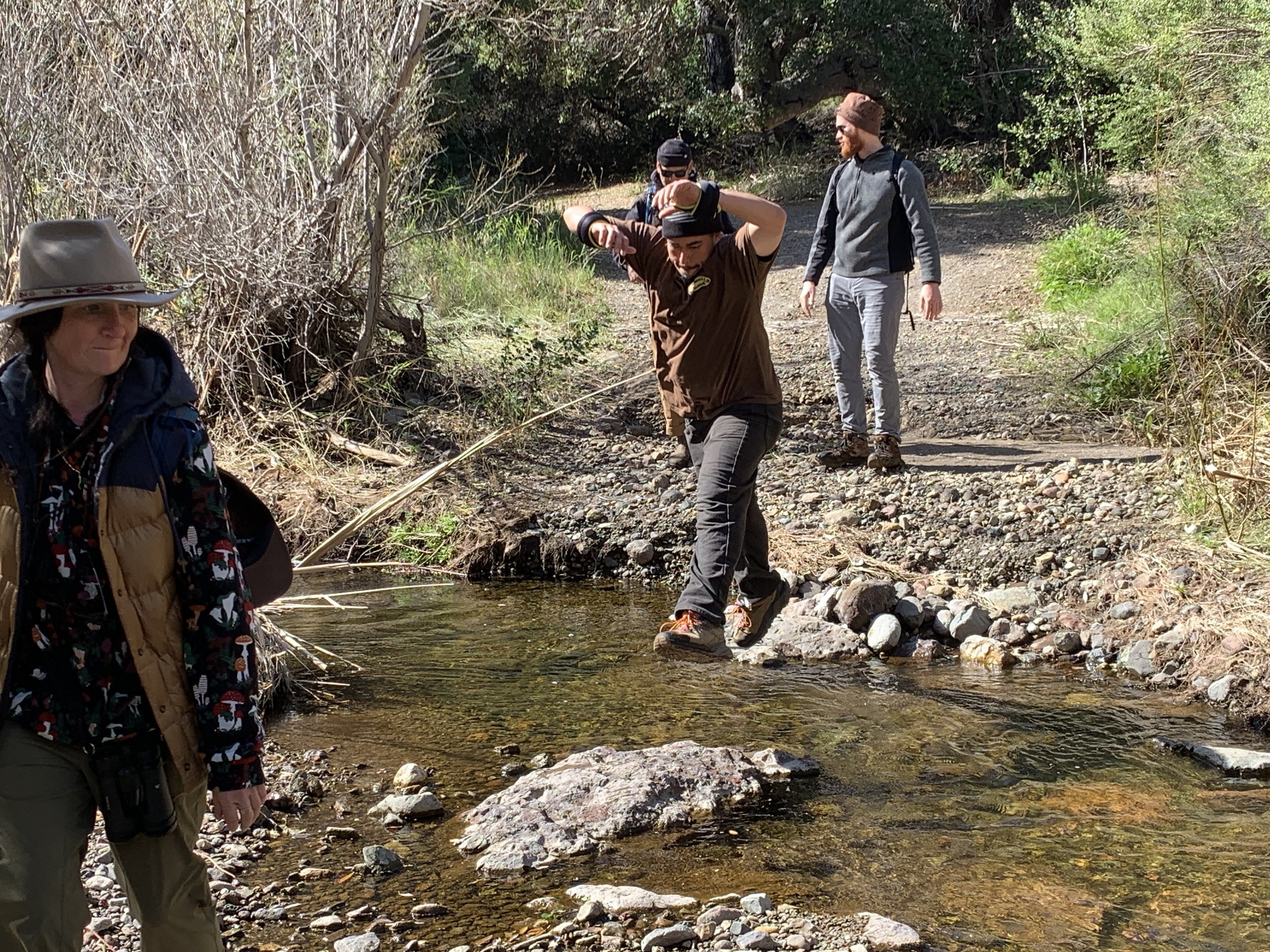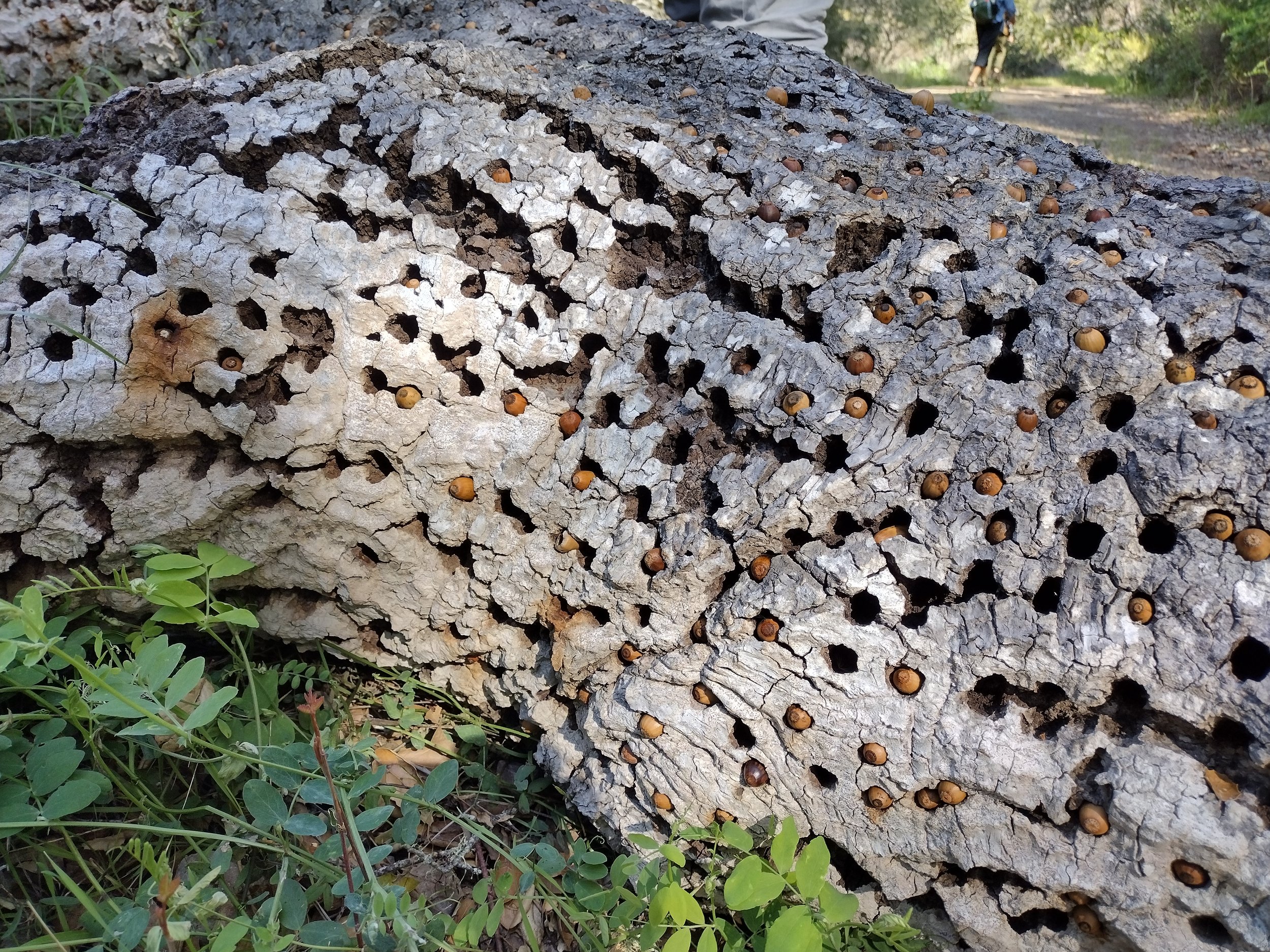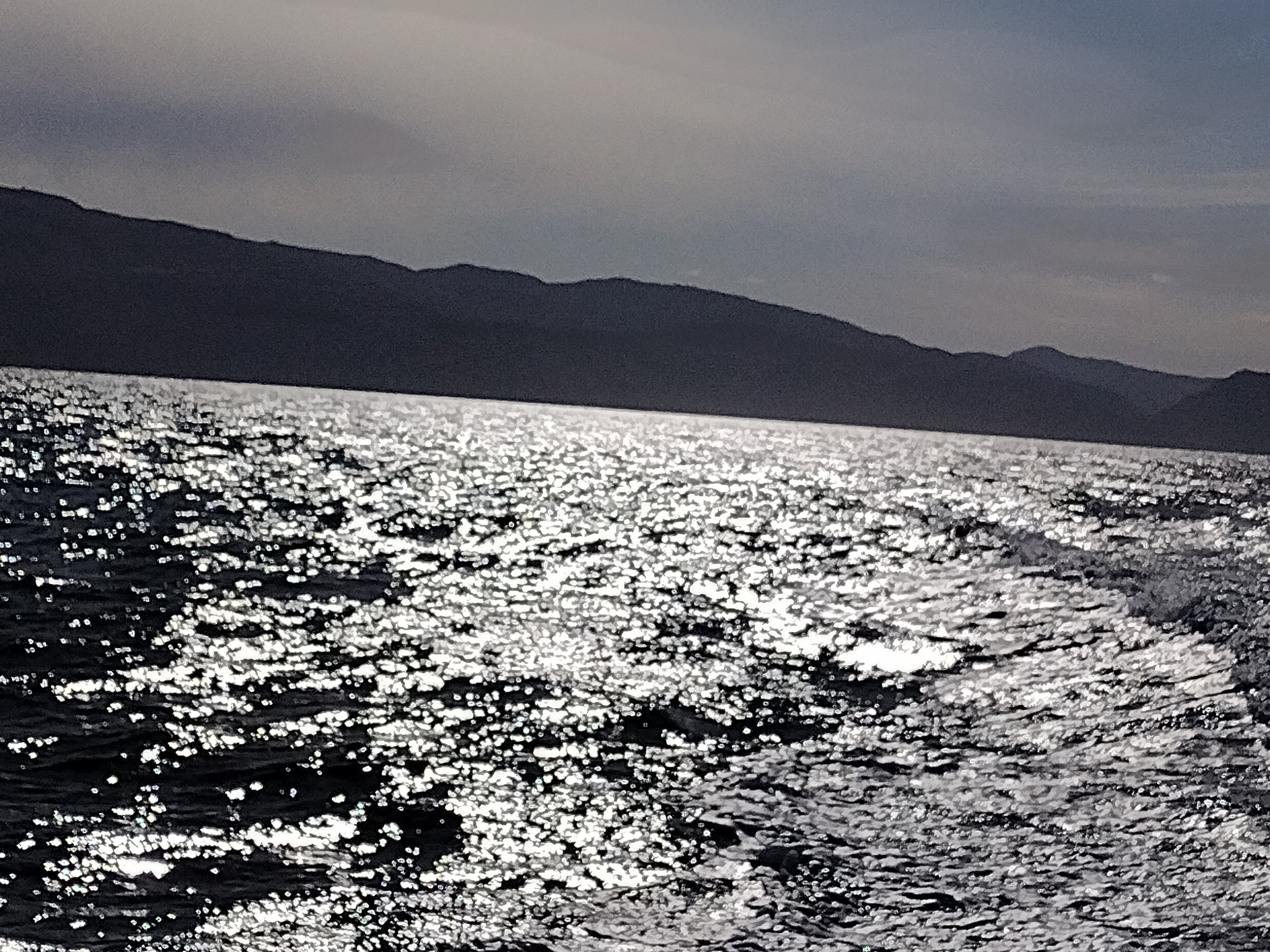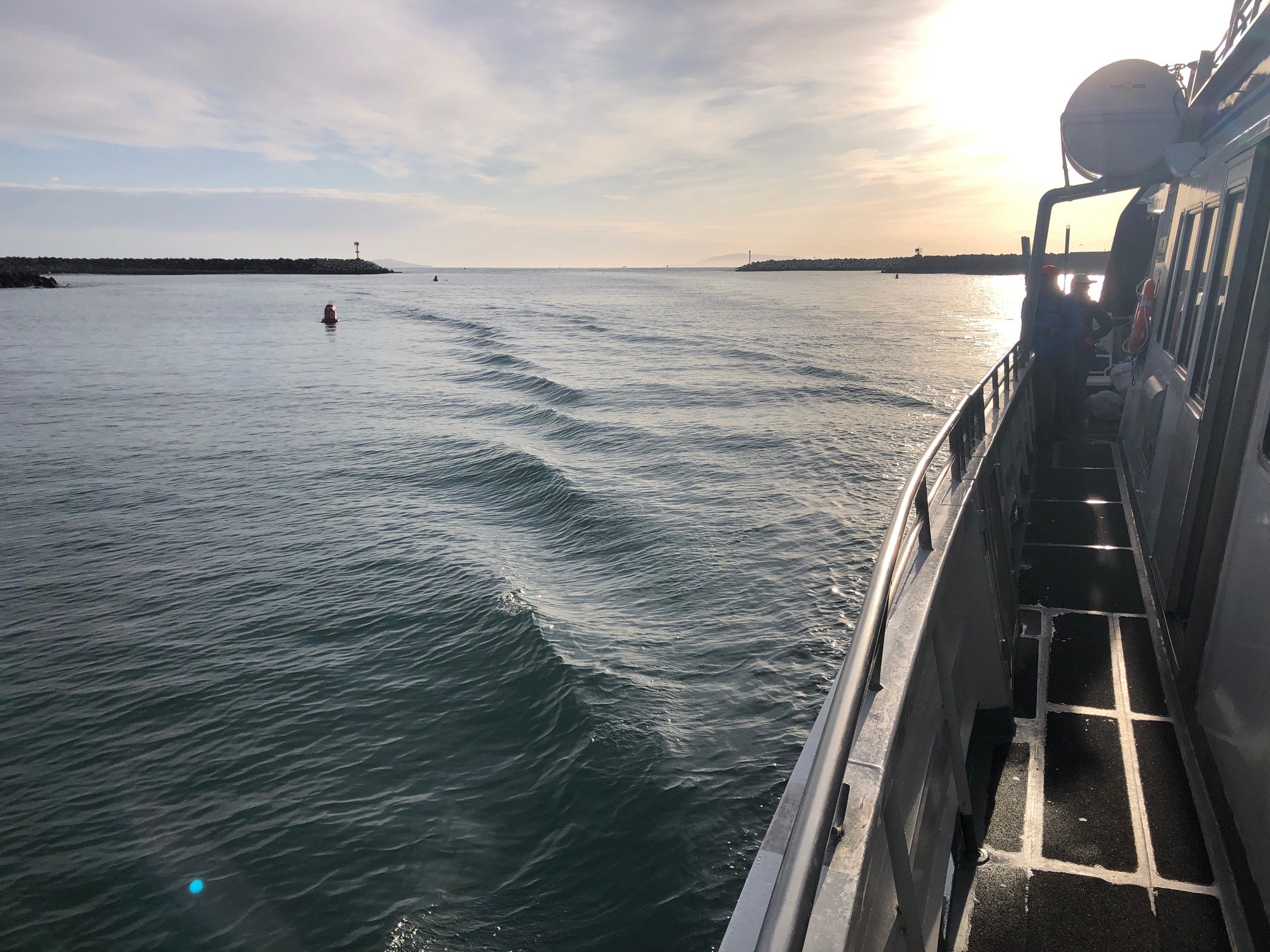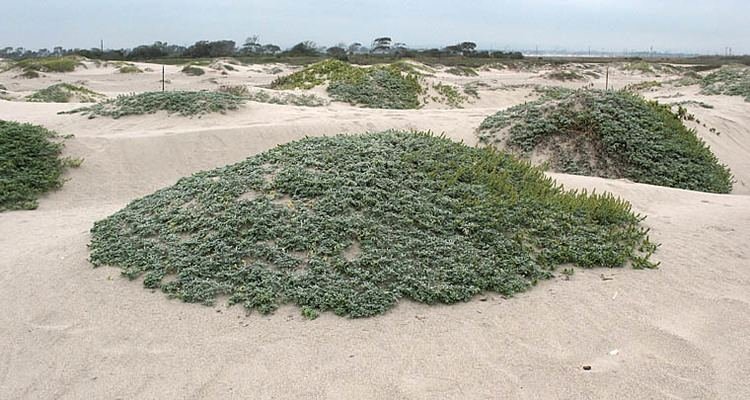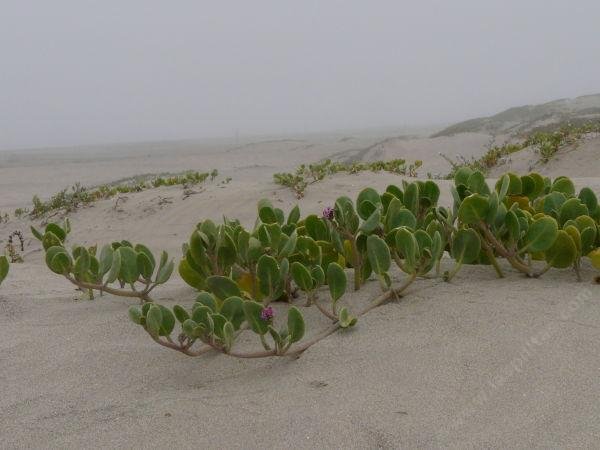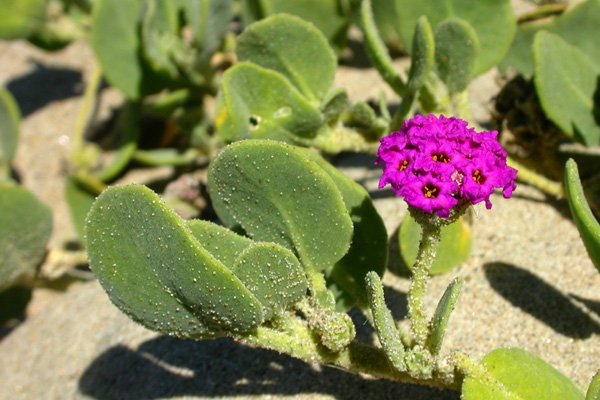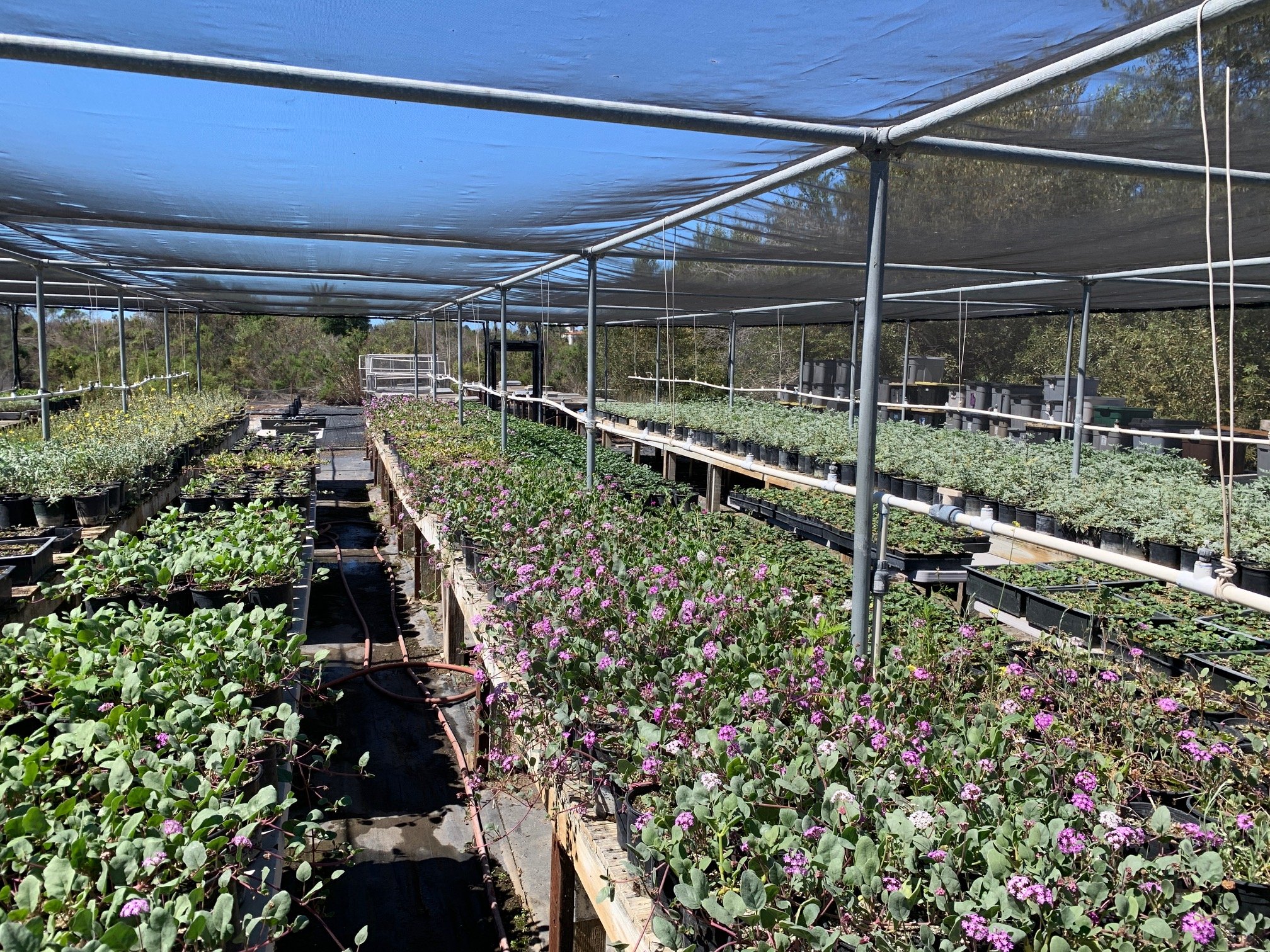Ventenata dubia, also known as wire grass, is rapidly becoming one of the most destructive invaders of northwest grasslands. Over the past several decades, this invasive species—originally from southern Europe and North Africa—has aggressively spread across the Blue Mountains and beyond, dominating the shallow meadow scablands. Its rise is alarming: due to its high silica content, it is completely unpalatable—not even elk, deer, or cattle will graze on it.
Once dismissed as a minor nuisance after its identification in the 1950s, Ventenata is now impossible to ignore. It has severely degraded summer grazing lands, drawing the attention—and frustration—of cattle grazers. But the impact goes beyond lost forage: Ventenata is a major fire hazard. It thrives in the rocky, shallow meadows that separate stands of trees, creating dangerous “fire bridges” that allow flames to leap from one wooded area to another. As this invasive grass spreads, it intensifies the magnitude and reach of wildfires, placing both ecosystems and communities at greater risk.
There is growing discussion around the use of broad-spectrum herbicides to combat Ventenata. While these chemicals are effective at killing the invasive grass, they also destroy all annual plants—an indiscriminate solution that raises serious ecological concerns. By wiping out the native annuals, we risk devastating insect populations that rely on these plants for food and habitat, potentially causing a cascade of ecological harm.
To address this complex challenge, we are taking a cautious, science-based approach. We are conducting test-spray plots to evaluate the effectiveness and side effects of targeted herbicide applications. Our team is surveying scabland meadows to catalog the existing plant species and better understand the ecosystem’s biodiversity. We are partnering with entomologists to survey insect populations, ensuring we don’t overlook the broader ecological impacts of eradication efforts.
While we continue to research and test solutions, prevention is our best defense. We urge everyone to adopt best management practices:
—Clean your boots before and after traveling through infested areas (easy but essential).
—Thoroughly wash vehicles to prevent seed spread (more challenging but critical).
—Manage cattle strategically to avoid transporting Ventenata seeds (difficult, but necessary).
